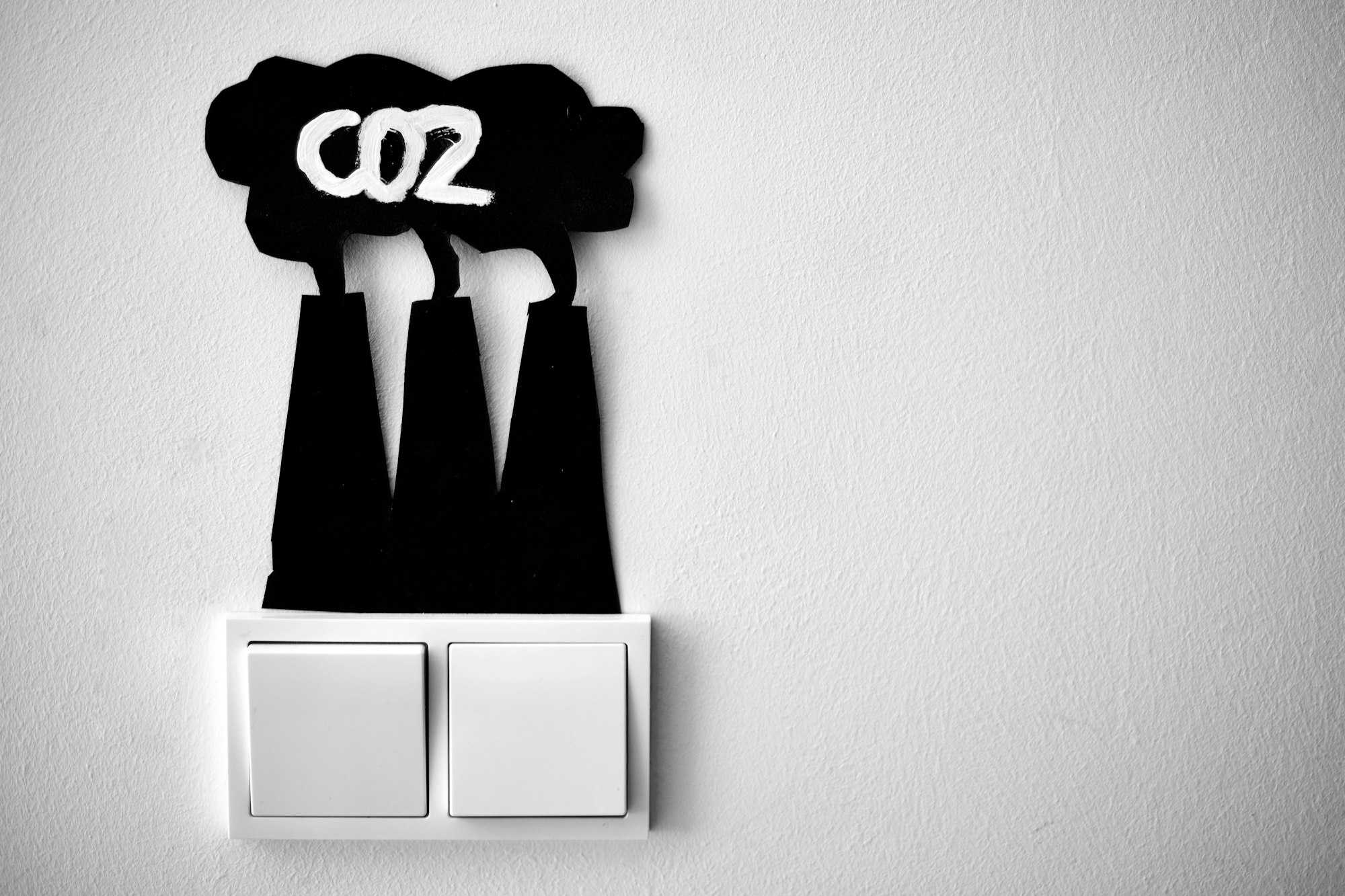Position paper – Review of CO2 emission standards regulation for heavy-duty vehicles
CO2 emission standards for heavy-duty vehicles have been in force since 2019, when targets were set to reduce CO2 emissions from the most relevant heavy-duty vehicle segments by -15% in 2025 and -30% in 2030. Key elements of the regulation will be reviewed by the end of 2022.
ACEA welcomes the review as an important opportunity to assess the effectiveness of the regulation, adjust different elements, expand its scope and – most importantly – ensure alignment with other important regulations which should create the enabling framework for the transition to climate neutrality.
The CO2 standards regulation for heavy-duty vehicles is just one element (albeit an important one) of the wider regulatory framework that should enable the road transport sector to become climate neutral.
Manufacturers are already well on the way to implementing strategies for a rapid decarbonisation of road transport. This will require a fundamental shift in powertrain technologies. Zero-emission vehicles, namely battery-electric and hydrogen-powered vehicles, will have to become the backbone of road transport if the sector is to reach its decarbonisation targets.
All manufacturers have either started series production of battery-electric trucks or are in the final stages before series production. More than a dozen different battery-electric truck models are available today in various configurations that can be adapted to individual specifications.
Hydrogen-powered (fuel-cell electric) trucks are the second major zero-emission powertrain technology. The first fuel-cell trucks are already in customers’ hands to gain real-world experiences in regular day-to-day operations. Several manufacturers have announced the start of series production of these vehicles from 2024.
Key messages
- To ensure a swift adoption of zero-emission vehicles, enabling conditions must be put in place, including a sufficiently dense network of charging and refuelling infrastructure and an effective carbon pricing system.
- ACEA supports the review of the CO2 emissions reduction target, which should now be set as a fixed ambition level for 2030. Target levels for 2035 and 2040 can be set now but should be reviewed again in due time in view of the status of the enabling conditions, especially the charging and refuelling infrastructure network. ACEA does not support setting intermediate targets before 2030.
- Despite manufacturers’ focus on zero-emission vehicles, ACEA does not consider a general -100% target or an internal combustion engine (ICE) phase-out date (across the board or for all vehicle groups) to be a reasonable policy at this point in time.
- Strong and effective incentive schemes must be put in place to encourage and enable transport operators to invest in zero-emission vehicles, and to accelerate fleet renewal investments with a focus on the latest technologies.
- The credit/debit system should be improved and extended beyond 2030.
- ACEA supports the inclusion of additional vehicle groups in the CO2 emission standards regulation if a CO2 certification framework is already in place (and provided that the specificities of the different vehicle segments are fully accounted for).
https://www.acea.auto/files/ACEA-position-paper-2022_HDV-CO2-Review.pdf



